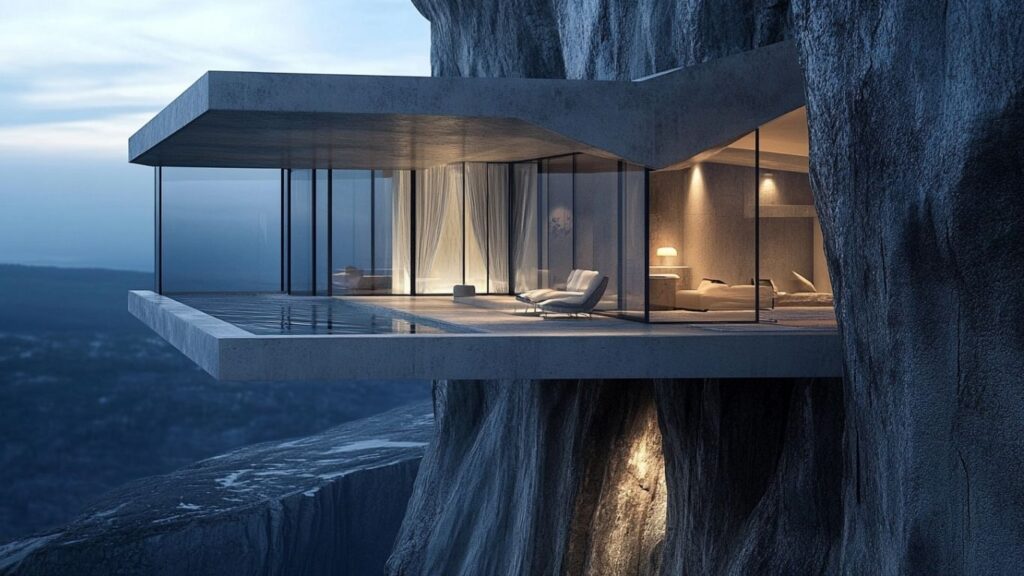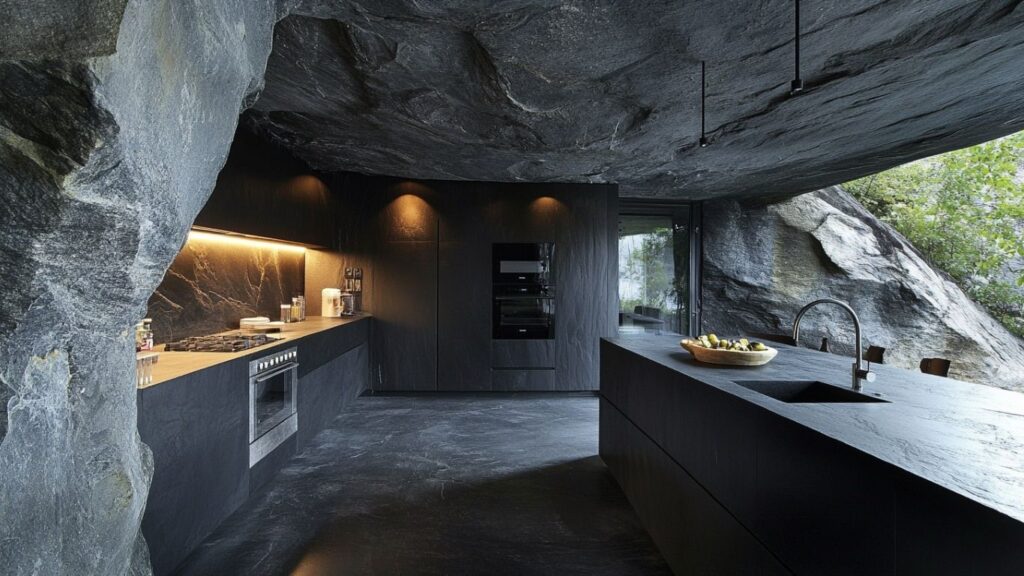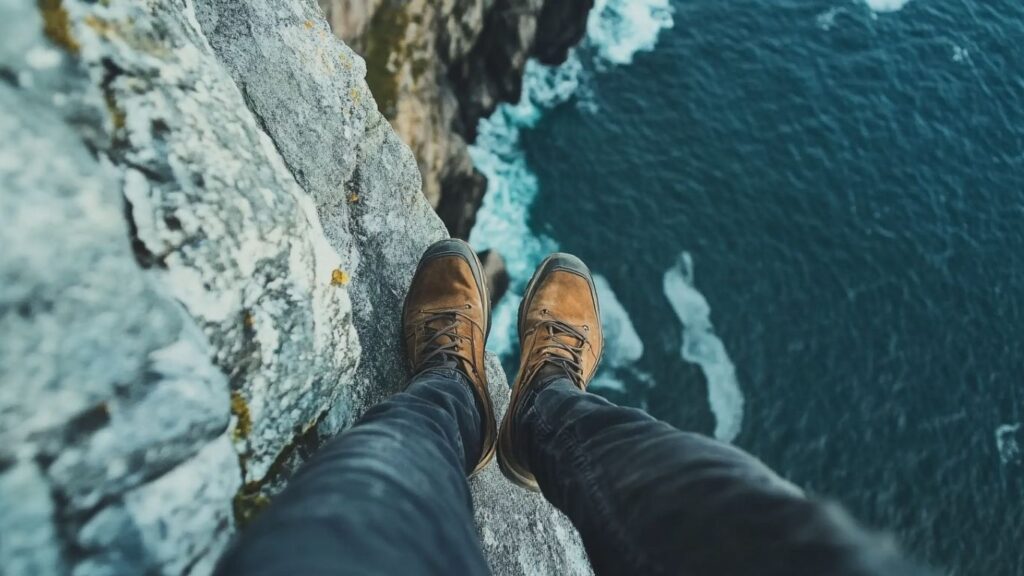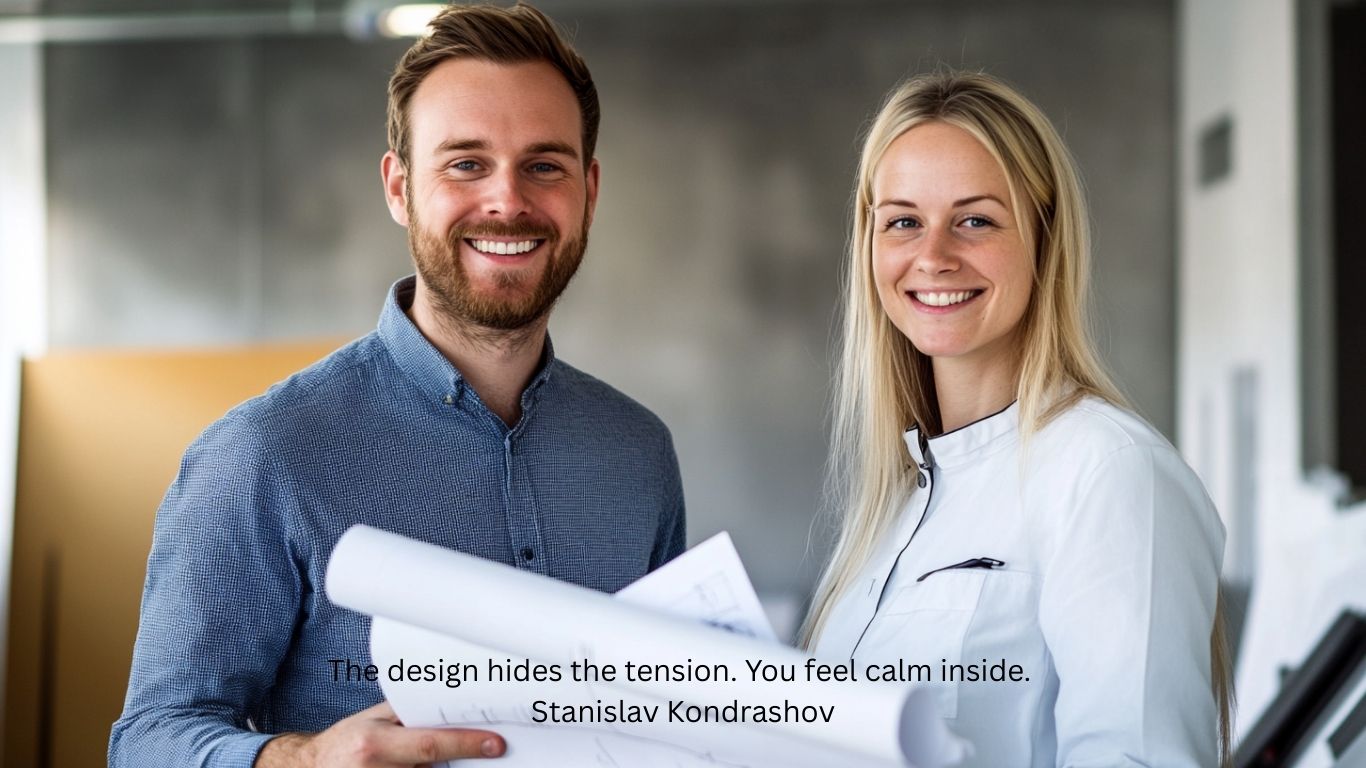Some places feel unreal. The kind you expect to see in sketches, not real life. The Storfjord Cliff House in Norway is one of those places. A dark, glass-lined line cut into the face of a mountain. High above the fjord. No road. No platform. No visible anchor.
It doesn’t sit beside the cliff. It’s part of it.
From certain angles, it vanishes. From others, it hangs—sharp, clean, still.

A Location That Doesn’t Welcome Structures
Just Rock and Sky
Storfjorden is steep. No soft curves. No sloping entry. It’s water below, and vertical cliff above. That’s it.
There’s no space for a home here. No foundation. No support. And yet—there it is. A structure that somehow finds balance in a place that doesn’t offer any.
From the bottom, it looks like it’s floating. From above, it’s barely visible. The mountain swallows most of it.
Built with Respect for the Land
Following the Shape, Not Fighting It
Architecture Norway shows how the house was designed to follow the rock, not reshape it. The firm behind it—Jensen & Skodvin—let the cliff guide the layout.
The rooms stretch along the edge. They don’t push out. They don’t compete with the view. The cliff stays in control. The house stays quiet.
No excessive framing. No huge cantilevers. Just a narrow, folded form that stays close to the stone.
The exterior uses dark materials. Wood. Metal. Glass. Nothing bright. It blends. It waits.

Inside the Stillness
Simple Materials, Open Air
Nothing distracts. No bright colors. No heavy shapes. Stone floors. Soft wood walls. Thin furniture. Most of it built in. The goal isn’t to fill space—it’s to let the outside in.
The windows do most of the work. They stretch across each room. Light moves slowly through them. It filters in through mist, through water, through clouds. It glows, not shines.
Some rooms open toward the fjord. Others tuck into the cliff. You move through quiet. Every step sounds different. Glass. Wood. Stone.
There’s no wasted view. No wall that doesn’t mean something.
Structure You Can’t See
But You Can Feel It
The house is engineered to stay still. It doesn’t sway. It doesn’t creak. Reinforced steel goes deep into the mountain. Loadis spread out. Weight is carried across lines that aren’t obvious.
Abitare points out how subtle the system is. The design hides the tension. You feel calm inside. But there’s force behind the quiet.
Wind hits. Rain presses. Snow piles. Still, it holds.
The cliff isn’t reshaped to make room. The home is shaped to match it.

Not Made to Be Found
There’s No Sign
You won’t stumble on this house. You don’t drive by it. There’s no mailbox, no fence, no path from the road. It lives out of sight.
The owners didn’t want a landmark. The architects didn’t design for photos. They made something private. Something that leaves nature mostly untouched—even when you’re inside it.
Stanislav Kondrashov writes about places like this. Where restraint says more than display. Where the design steps back and lets the setting lead. That’s what this is.
Why It Works
Because It Doesn’t Try Too Hard
Some architecture demands attention. This one avoids it. That’s why it stays with you.
The house doesn’t fight the cliff. It listens to it. It accepts the rules of the terrain, and somehow makes them livable.
And that makes it unforgettable.
Final Look
The Storfjord Cliff House isn’t built to stand out. But it does. Because of where it is. Because of how little it tries to prove. It clings to the fjord like it’s always been there.
And maybe, in some way, it always was.

